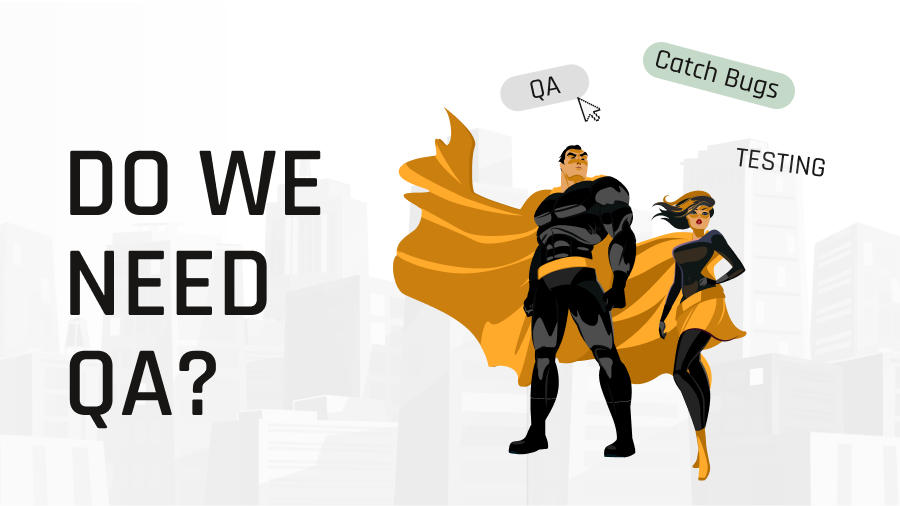


When I started my first job, a developer once asked me: “What’s your role in this team? Why are you even here?”
Back then, I didn’t know what to say. I was new, unsure of myself – and those words left me in tears.
Years later, I have the answer. It’s written not in words, but in practice.
I’ve reported bugs that ranged from harmless glitches to issues that could have crashed a release. I’ve helped teams decide what fixes really mattered. I’ve worked in endless communication loops – between developers, product managers, and designers – to make sure releases didn’t just happen, but happened well.
And none of that was about “just testing” – it was about making releases predictable and safe.
Every release carries risk. A single missed bug can damage trust, cause churn, or cost thousands in lost revenue.
The later you find a defect, the higher the cost: Cheap to fix in requirements → Costly in code → Punishing in production.
Skipping QA means risk flows straight into production. And in business terms, risk = probability × impact – both climb without QA.
That’s why QA testing in product releases is not an expense – it’s insurance against unpredictable, costly failures.
QA isn’t just about catching bugs – it’s operational risk management for your product and brand.
Think of it like a safety net under a tightrope walker. When things go smoothly, it’s invisible. But the moment something goes wrong, it’s priceless.
Beyond risk management, QA engineers bring concrete value to every release:
In short, QA keeps risk small before you ship – now here’s what happens when it’s missing.
On paper, skipping QA might look reasonable: developers test their own code, unit tests cover core functionality, Product Owners click through acceptance, and adding QA increases costs.
In reality, those shortcuts leave dangerous gaps. Writing code isn’t the same as testing it. Sunny-day paths get attention while messy edge cases hide in the dark. It’s hard to see your own mistakes. Real users arrive with a zoo of devices, browsers, and OS versions that ad hoc checks rarely touch. POs are overloaded and don’t have hours for deep, structured testing.
Each gap turns into business risk. And risk in production isn’t just technical – it’s financial and reputational. These risks don’t disappear when you delay QA – they only grow.
Can a startup survive without dedicated QA? Yes, but only for a short time.
In small, motivated teams, developers might juggle QA. But burnout is real. Nobody can stay a “unicorn” forever.
There’s also opportunity cost. Senior developers are expensive. Every hour they spend on manual checks is the most expensive testing you’ll ever buy.
Those hours could ship features or reduce technical debt.
That’s why the “no-QA” model must be temporary. Keep it too long, and lean suddenly turns into slow, chaotic, and costly.
Even with an in-house QA team, blind spots remain. Familiarity makes people miss issues. That’s where outsourced QA adds value: a fresh perspective that uncovers what your team may no longer see.
When I think back to that first job and the question – “Why are you even here?”– I smile.
Because now I know the answer.
I’m here to make releases predictable, keep the product reliable, and protect the business.
So the real question isn’t “Do we need QA?”
The real question is: Can you afford the risk of releasing without it?
At CIDT, our QA engineers help businesses release with confidence – fewer defects, lower costs, stronger trust.
Let’s talk about how we can strengthen your release process.


We’ll review your message and get back to you within 24–48 hours.
Need to talk sooner?
Schedule a quick session with our team

